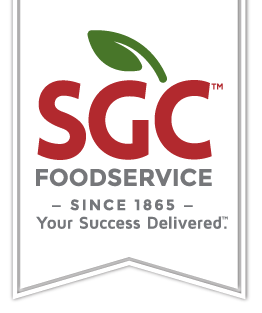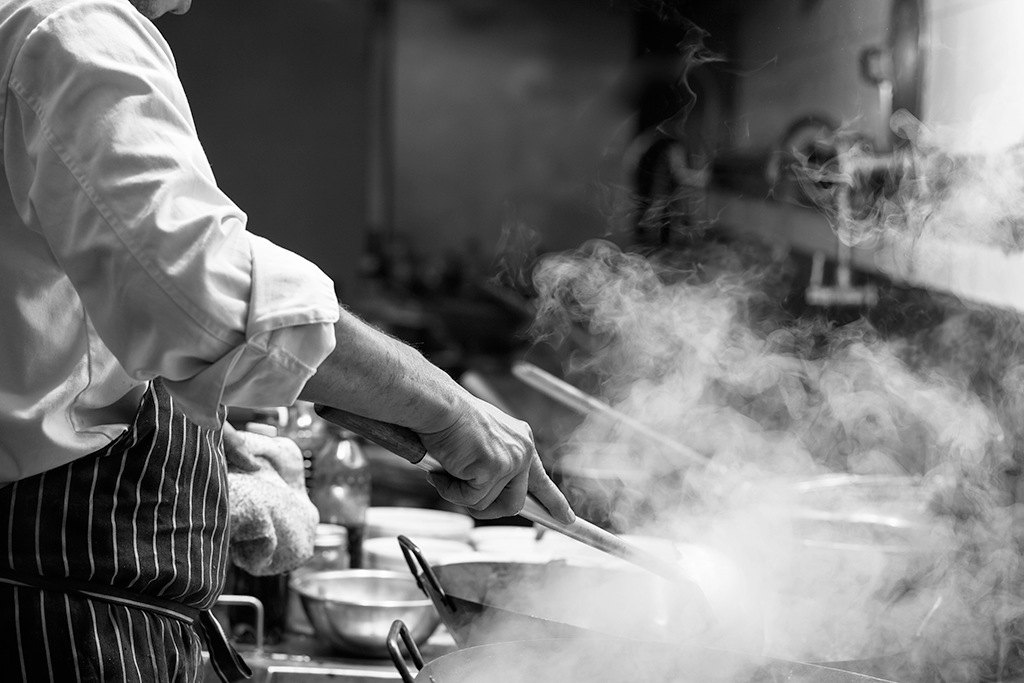To Repair or Replace... That is the Question!
In the fast-paced world of restaurants, equipment failures can disrupt operations, impact food quality, and hurt the bottom line. When a critical piece of equipment malfunctions, you, as an owner, must decide whether to repair or replace it. This decision can be challenging, as factors like cost, efficiency, and downtime all play a role. Let’s dig into some tips to help you make informed decisions about your equipment!
A smooth-running kitchen hinges upon 3 important factors:
1. Having an adequate number of well-trained crew members on staff
2. Having (and using) recipes for each and every dish you prepare
3. Having dependable, properly functioning equipment
Start by taking a hard look at the age and overall condition of the equipment in your restaurant and consider what to expect in terms of the “lifespan” of each piece. Refrigerators typically last 10-15 years, ovens and ranges about 15-20 years, and dishwashers around 8-10 years. If a piece of equipment is approaching or has exceeded its expected lifespan, replacement may be the best option. However, if the equipment is relatively new and has only minor issues, repairing it could be more cost-effective.
It’s a classic dilemma every foodservice operator encounters. You have an older piece of equipment that once again is not working correctly. Should you spend the money to repair it, or could it have seen the end of its useful life? Sometimes the decision is made for you. The item is simply “not repairable.” Other times it is an inexpensive fix, and the answer is obvious. But much of the time it is somewhere in between. Here’s a little advice as to how you can make good decisions in the future:
• Keep a repair log. Each time you have service performed on a piece of equipment, note the date, nature of the repair, cost and the name of the service company that performed the repair. Once you have designed a template, keeping it updated is not difficult. This way, you will begin to accumulate a history on each piece of equipment. And that history can provide you with an excellent tool when it comes to making an informed “repair or replace” decision.
• Find a reputable restaurant equipment service company and stay with them. Check references before choosing who you partner with on equipment repairs. Evaluate them not just on price, but on dependability, honesty, and response time.
• Implement a Preventive Maintenance Plan. Working with your service company, outline a plan to perform routine service tasks before they become critical. The old adage, “Pay me now or pay me later” holds true. This can also stave off those expensive repairs by addressing issues early.
Evaluate a “Replace or Repair” dilemma with the help of your service company. You should look at these factors:
· Estimated cost of repairing versus the price of a replacement used or new unit. If a single needed repair will be 50% of the cost of replacing the unit, replacement is almost always your better option
· Overall condition of the equipment
· Age of the equipment
· Ready availability of parts for needed repairs when a unit breaks down
· Efficiency of the equipment. Many of the newer units offered are much more energy efficient that older models and can help pay for themselves in energy cost savings alone. Additionally, some energy-efficient models may also qualify for rebates or incentives
· The “break-down” history of the unit. If it has frequent breakdowns, it may be wise to replace it
· The impact of a piece of equipment that breaks down frequently and how that affects your food quality and consistency
· Risks of food safety violations due to unreliable refrigeration and hot holding units
· Financing and budgetary considerations. Budget constraints can play a significant role in your decision to repair or replace. Options such as leasing, financing, or purchasing refurbished equipment can make replacement more affordable.
· Tax deduction and depreciation benefits that you may gain by replacing a piece of equipment
Deciding whether to repair or replace your restaurant equipment requires careful consideration of factors such as cost, efficiency, availability of parts, and impact on food quality and food safety. By applying the guidelines outlined in this article, you, as a restaurant owner, can make informed decisions that keep your operations running smoothly. When in doubt, consulting with a professional technician or restaurant consultant can provide additional insights. Evaluating equipment proactively before a failure occurs ensures the best long-term outcomes for your restaurant’s success.
Guest Article by David Foster, Foster & Associates Foodservice Consulting

